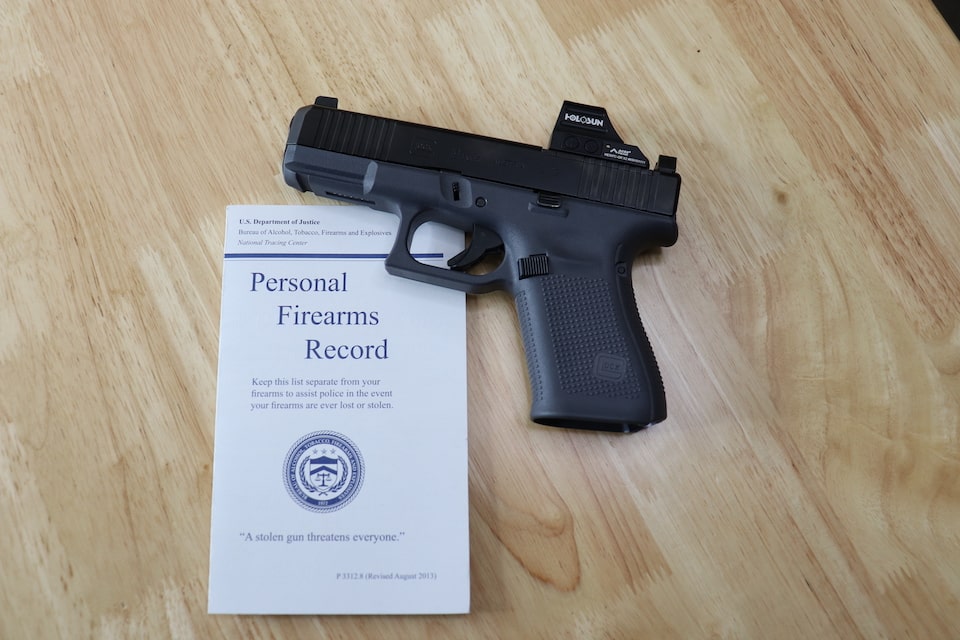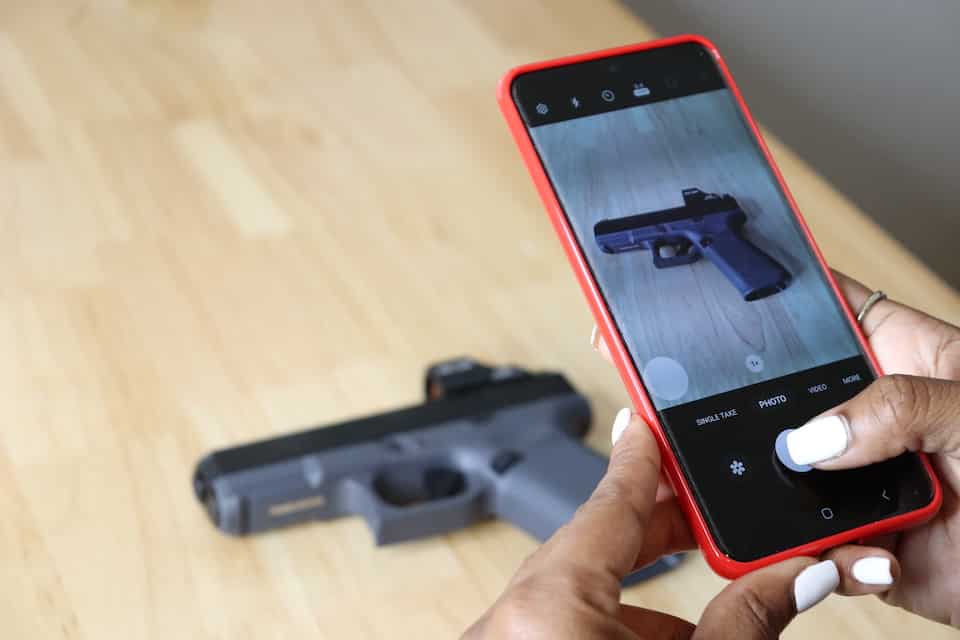Women’s Outdoor News and Avery Skipalis bring you a video on inventorying your firearms and ammunition. Since we just started a new year, we figured this would be an excellent time for you to inventory your firearms, ammunition, and accessories. We will explain why you should inventory your assets and a few essential things to consider when you’re accomplishing your inventory.
Sponsored by GLOCK
When was the last time you inventoried your firearms, ammunition and accessories? No, I’m not referring to the mental inventory you have of all of your firearms. Many rely on mental lists of their assets, and unfortunately, mental inventories cannot be used as proof to your insurance company if you need to file a claim.
Chances are you added a new firearm to your inventory last year, or maybe you’re a new gun owner and just purchased your first firearm, and are looking for a way to stay organized and keep track of your assets. Either way, keeping a detailed record, with photos, will help identify your firearms in the event of loss or damage. This event might involve firearm theft from your car or home, or if your house caught fire, and there was subsequent damage to your firearm. Having proof of ownership can save you a lot of time and stress when dealing with law enforcement and your insurance company after these types of events. And, let’s face it, we all need ways to limit stress in our lives.
Inventory Methods: Keep it Simple
Inventorying your firearms does not need to be a complicated process. If you prefer to keep it simple, complete an inventory using a plain sheet of paper or a notebook. Many gun stores also have a basic inventory sheet available upon request. Digital inventory options include creating a minimal Excel spreadsheet on your computer, or filling in a Personal Firearms Record, ATF P 3312.8. Obtain this free form from the Bureau of Alcohol, Tobacco, Firearms, and Explosives (ATF) website, and use any PDF reader to enter the information.

Inventory: What to Include
When documenting your firearms, ammunition and firearms accessories, there are vital things to record (not all of these will apply):

Consider taking photos of each firearm, ensuring you capture essential information (such as the serial number) in the picture. As a reminder, you should store the documentation separately from your firearm. Many prefer to keep this information in a safety deposit box. Another method is to send everything to yourself in an email. You could take it a step above and email it to multiple email addresses, enabling quick access to your firearms details from anywhere in the world. Using these methods ensures you always have access to the correct information to provide to law enforcement and your insurance company.
Inventory: Conclusion
Regardless of your chosen method, inventorying your firearms, ammunition, and accessories is highly beneficial. It may seem overwhelming, depending on the size of your inventory. But, taking this step to be proactive versus reactive can save you a lot of time and stress if you need to identify your firearms. Consider adding this to your list of things to accomplish annually or when you add a firearm to your collection.
Avery Skipalis is the owner of Skip’s Tactical Solutions, an organization that focuses on empowering women, men and children to make sure that no one else becomes a victim. She gained her firearms experience from the military where she’s been a military firearms instructor for 10.5 years. She’s also a certified NRA rifle and pistol instructor and Glock Advanced Armorer since 2015. She’s attended Sig Sauer Academy, FNH, Special Operations Command Armorers courses as well as multiple Advanced Shooting Schools across the United States. She resides in Florida with her husband and 2 kids. She’s currently serving in the United States Air Force and loves sharing her passion with others. She thinks it’s important that women also feel like they’re in control of their own safety. View all posts by Avery Skipalis